De Havilland Heron 114 Philips
Production Time 9 to 10 weeks
Shipment is by FedEx, UPS or DHL International Express Courier with a normal door-to-door delivery time worldwide of within 2-3 business days after dispatch. Due to the current volatility of world fuel prices, the amount mentioned here is our best estimate for DHL and UPS and may be subject to change at the time of shipping.

Model Description: De Havilland Heron 114 Philips Wood Replica Scale Custom Model Aircraft
Manufacturer: De Havilland
Wingspan: 17 Inches (43.2 Centimeters)
Height: 3.7 Inches (9.4 Centimeters)
Scale: 1:51
Registration: PH-ILA
$239.50
Production Time 9 to 10 weeks
-
United States dollar ($)
-
Pound sterling (£)
-
Euro (€)
-
Australian dollar ($)
-
Canadian dollar ($)
-
Singapore dollar ($)
-
Swiss franc (CHF)
-
Japanese yen (¥)
-
Danish krone (kr.)
-
Hong Kong dollar ($)
-
Norwegian krone (kr)
-
Swedish krona (kr)
-
United Arab Emirates dirham (د.إ)
General Product Description
Our PlaneArts De Havilland Heron 114 Philips model exhibits unique, unrivaled quality and detailed design to come as close as possible to the accuracy of the actual plane. It comes as standard with a robust, durable base or stand which is available in a variety of different finishes designed to match your own personal requirements including solid wood, wood with polished metal supports or adjustable wood wall mount and will be ready within about 9-10 weeks from placement of order.
The De Havilland Heron 114 Philips model is made of the finest kiln dried renewable mahogany wood (commonly known as Lauan or Meranti) which has undergone many stages of carving and meticulous and careful sanding giving the beautiful finished museum quality masterpiece. Many collectors and model connoisseurs demonstrate their preference for genuine handmade and hand painted mahogany wood models rather than plastic or die cast (diecast) alternatives due to the overall look and totally different feel of the item - we trust you will find the same. We can, however, if required produce the same model in Solid Cast Resin so just click and contact us us for further information. Our craftsmen and gifted artisans ensure that our finely handcrafted model airplanes match the precise blueprint details of the original aircraft. The paint scheme, markings and parts are closely matched, reflecting the original aircraft. This stylish top-quality desktop replica model will surely enthrall anyone who receives this as a gift and for sure one of the most appropriate and desirably collectable gifts for any aviation enthusiast and avid aircraft collector whilst also displaying a perfect resemblance to the actual aircraft.
If you require we can also make the De Havilland Heron 114 Philips model in any other airline, private livery or colour scheme you require and if necessary in a different size or scale. Just click here to contact us with a description or photographs of what you require, and we will let you have a quotation for the necessary customization by return email. We can also make bespoke scale replicas of any other private / civil commercial airliner or airliners, helicopter, glider, gliders with engines, military jet, warplane jets, propeller warplanes, biplane, triplane, tail fin, spacecraft, rocket or NASA model you require in any airline, military or civilian livery or colors. We also produce model airships, blimp, dirigible, blimps, boat and ship collectibles. Wall plaque or seal for military, government or private customers. Again, by clicking here to contact us just let us know exactly what you need.
The De Havilland Heron 114 Philips: A Detailed Look
The De Havilland Heron stands as a testament to the golden era of aviation, embodying the innovative spirit and engineering prowess of its time. Among its variants, the Heron 114 Philips represents a unique chapter in the aircraft’s storied history. This article delves into the details of the De Havilland Heron 114 Philips, exploring its design, performance, and the role it played in aviation history.
Origins and Design:
The De Havilland Heron was initially designed in the late 1940s as a small, propeller-driven aircraft intended for both civil and military use. It was the successor to the De Havilland Dove, with the main design goal being to create a larger, more capable aircraft while retaining the operational simplicity and efficiency of its predecessor. The Heron 114 Philips variant was a specific customization, equipped with features and modifications tailored to meet the unique requirements of its operators.
The aircraft’s design emphasized simplicity, reliability, and versatility. It featured a high-wing configuration, which provided excellent visibility for pilots and a stable platform for a variety of flight conditions. The fixed landing gear was a deliberate choice to reduce complexity and maintenance needs, a crucial factor for operations in remote areas with limited technical support.
Performance and Specifications:
The De Havilland Heron 114 Philips was powered by four piston engines, a configuration that offered redundancy and improved safety over twin-engine designs, making it ideal for over-water and remote-area flights. The choice of engine varied over the production run, with earlier models typically using de Havilland Gipsy Queen engines, while later versions could be outfitted with more powerful units to improve performance.
The aircraft had a modest passenger capacity, typically accommodating 14 to 17 passengers, which made it perfect for regional airlines, corporate transport, and air taxi services. Its range and payload capabilities were competitive for its class, allowing for versatile operations including passenger transport, cargo flights, and mixed-use configurations.
Operational History:
The De Havilland Heron saw widespread use across the globe, operated by a diverse array of airlines, corporations, and government entities. The Heron 114 Philips variant, in particular, served in specialized roles that leveraged its unique modifications for enhanced performance or operational capability.
The aircraft’s operational reliability, combined with its ability to operate from short and unprepared runways, made it a favorite among operators in remote regions. Its versatility also led to its use in various military roles, including transport, training, and light reconnaissance tasks.
Legacy:
The De Havilland Heron 114 Philips, along with the broader Heron family, left an indelible mark on the aviation industry. Its design philosophy of simplicity, reliability, and versatility set a standard for small, propeller-driven aircraft. Today, the Heron is remembered not only for its contribution to the development of regional aviation but also as a symbol of the pioneering spirit of early post-war aviation.
Despite the passage of time, a number of Heron aircraft continue to fly, preserved by aviation enthusiasts and historical organizations. These operational survivors serve as a flying tribute to the era of aviation they represent, allowing new generations to witness the technology and design philosophy that propelled the industry forward during the mid-20th century.
In conclusion, the De Havilland Heron 114 Philips embodies a fascinating chapter in aviation history. Its development, operational use, and enduring legacy highlight the aircraft’s significance as a cornerstone of post-war aviation, marking a period of transition, innovation, and expansion that shaped the future of air travel.
| Weight | 6 kg |
|---|---|
| Dimensions | 11.5 × 17 × 3.7 in |

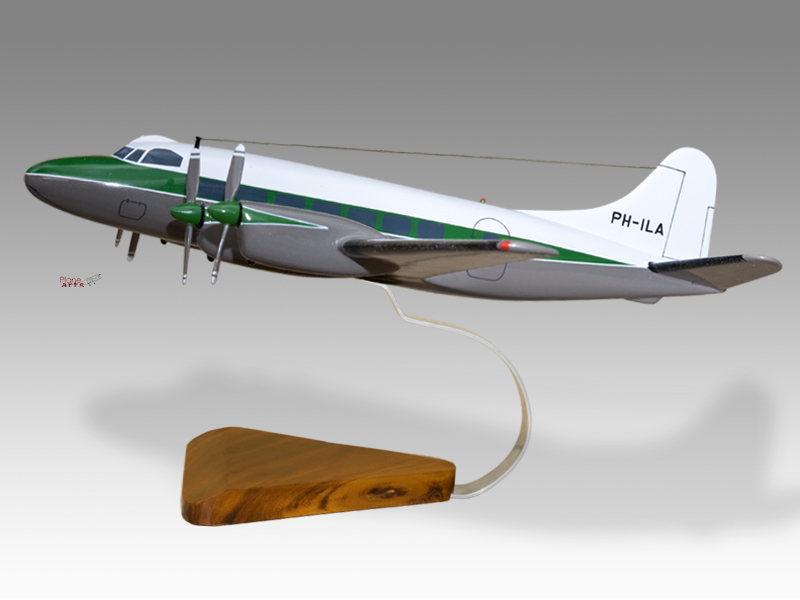
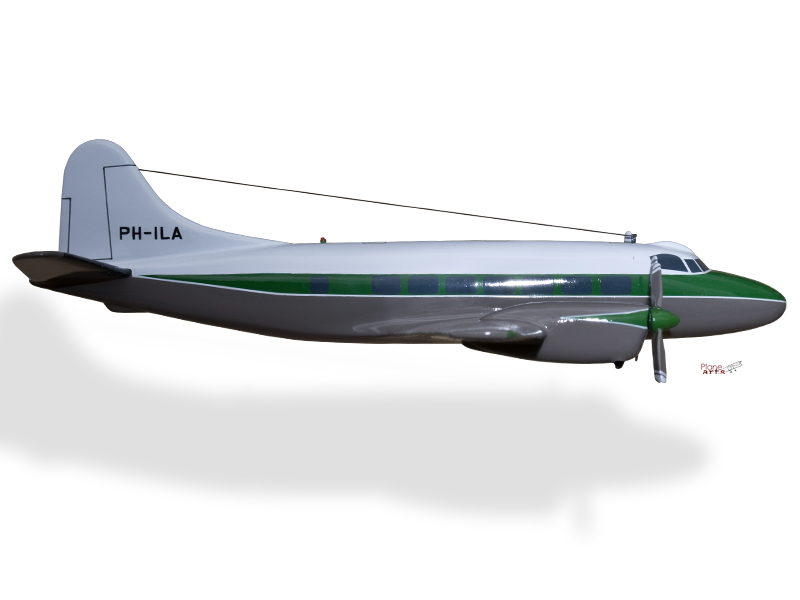

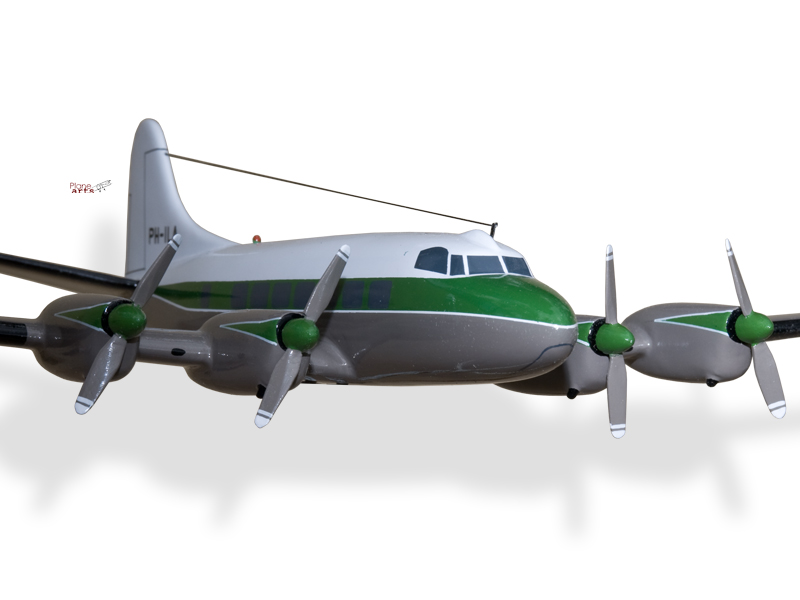
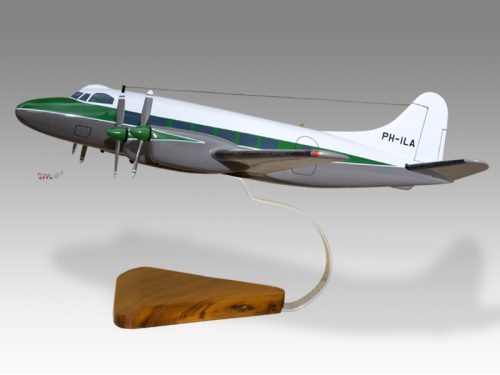
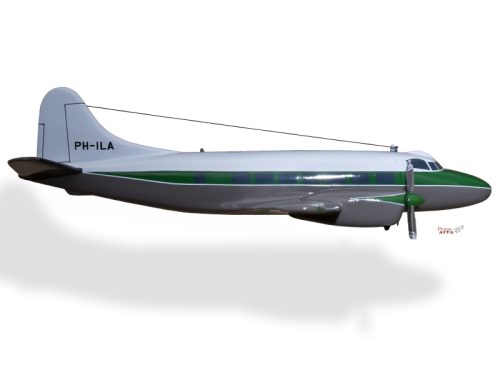
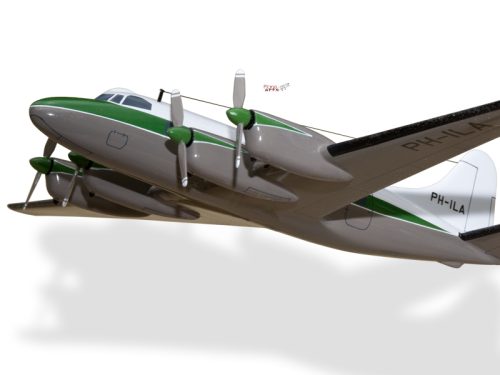
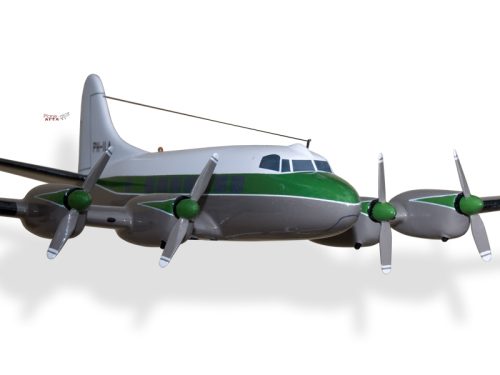
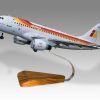
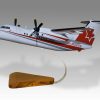
Reviews
There are no reviews yet.